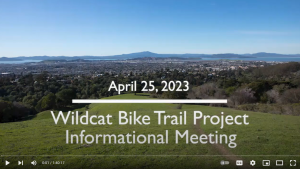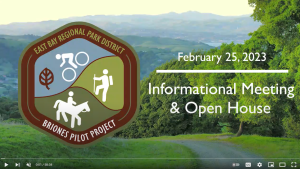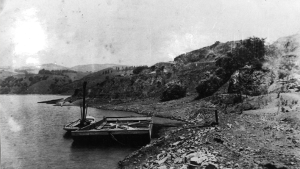As California enters its fourth year of drought, the East Bay Regional Park District is working hard to save water, protect our natural resources, and educate the public about what to expect in our wild spaces and how park visitors can help during this challenging time.
On April 1, 2015, Gov. Jerry Brown has called for a mandatory 25 percent reduction in water use statewide. At the Park District, we’ve already taken numerous steps to reach this goal. Across the District, we’re:
- Drastically reducing irrigation for lawns and ball fields
- Replacing lawns in many parks with native and drought-tolerant grasses
- Thinning vegetation near homes to reduce fire hazards
- Redesigning irrigation systems to be more efficient
- Encouraging visitors to save water whenever possible
Here are a few ways in which the drought has impacted our parks:
Water QualityAs the lack of rain and warmer air temperatures persist, toxic blooms of blue-green algae and other water-quality issues are likely to increase at lakes, shorelines, ponds, and streams throughout the Park District and throughout California. In the past few months, several dogs here and around the state have died as a result of ingesting toxic algae. Our water-quality specialists regularly test for indicators of potentially harmful bacteria levels and post the results on our Water Resources page, as well as at our parks. We also work closely with the environmental health agencies in Alameda and Contra Costa counties to ensure we’re meeting the highest safety standards and the public is well informed.
In addition, the salinity levels along the Carquinez Strait have increased because of the lack of rain and fresh-water stream runoff. This has affected trees and plants that grow along the shoreline, and the species that rely on freshwater in the Bay. | Image 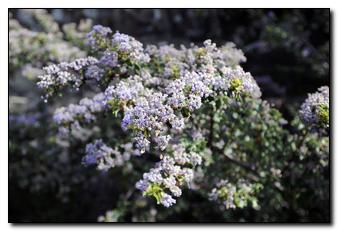 Santa Barbara wild lilac is a colorful Image 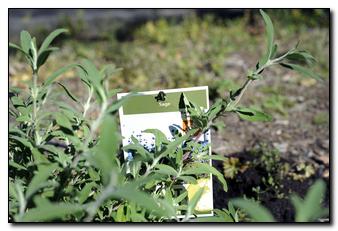 Sage comes in numerous varieties |
ForestsThe drought has been devastating for trees throughout California. In the past year, 12 million trees across the state have died due to lack of water, according to a recent survey by the U.S. Forest Service. Millions more are stressed, which means they’re more susceptible to parasites and disease. | Image  |
FiresWith drier forests and grasslands, the risk of wildfires has increased significantly. Some parts of California now see year-round fire seasons, and crews are battling thousands more fires than they have in years past, according to the state Department of Forestry and Fire Protection. | Image 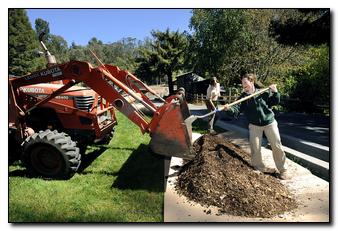 and lock in moisture. |
AmphibiansThe lack of rain has left ponds and streams lower than normal and drying up earlier in the season. As a result, frogs have fewer places to breed, are more exposed to predators, and their populations are in decline. This has been a particular hardship for the foothill yellow-legged frog and the threatened California red-legged frog, which are already facing threats from non-native species and disease. | Image 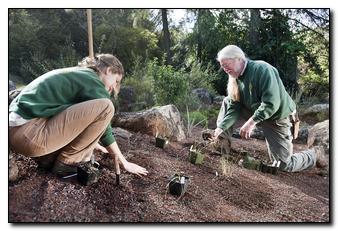 |
